
IA collaborator receives award from Fundação Eng. António de Almeida
The award was attributed for the best thesis in physical sciences, for the years 2019, 2020 and 2021 Lean more (in Portuguese )
Read more
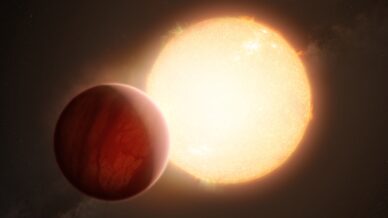
Heaviest element yet detected in an exoplanet atmosphere
The team, lead by Instituto de Astrofísica e Ciências do Espaço researchers, discovered barium in the atmosphere of ultra-hot gas giants WASP-76 b
Read more
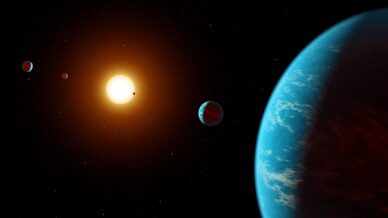
Two rare super-mercuries discovered around the same star
Led by researchers at Instituto de Astrofísica e Ciências do Espaço, the discovery of these two exoplanets in the same system provides clues
Read more
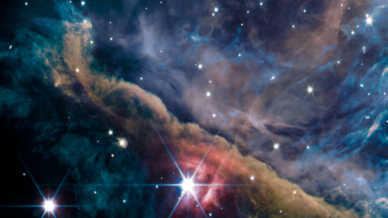
James Webb Space Telescope reveals unprecedented details of a stellar nursery
An international team that includes a collaborator from the Instituto de Astrofísica e Ciências do Espaço (IA), revealed the first images of the
Read more
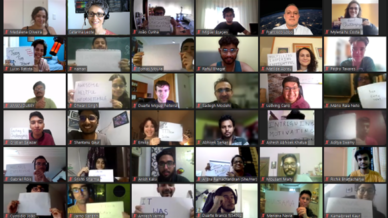
Students from all over the globe participated in the IAstro summer internships
With a record number of applications, the summer internships of Instituto de Astrofísica e Ciências do Espaço took place during the month of July.
Read more
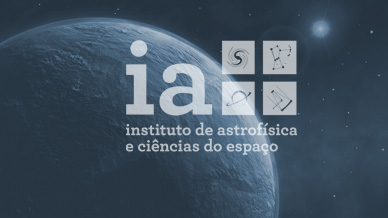
Citizen Science project integrates elementary school teachers in research
CoAstro is a citizen science project, developed by researchers at Instituto de Astrofísica e Ciências do Espaço and at the Science Faculty of
Read more
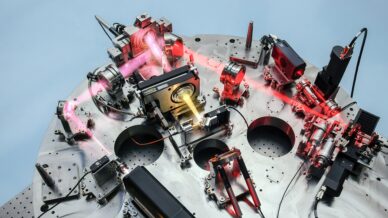
Planet hunter with portuguese DNA reveals its first images
The NIRPS spectrograph, developed and build with the participation of the Instituto de Astrofísica e Ciências do Espaço, will observe the Universe in
Read more
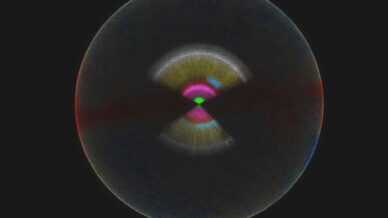
Artificial Intelligence helps in the identification of astronomical objects
SHEEP is a new artificial intelligence software, developed by researchers at Instituto de Astrofísica e Ciências do Espaço, in Portugal, to help classify
Read more

